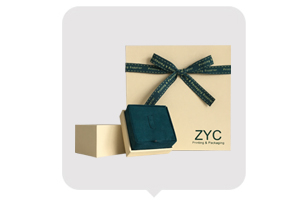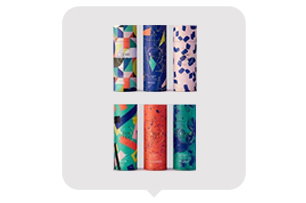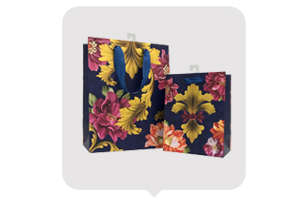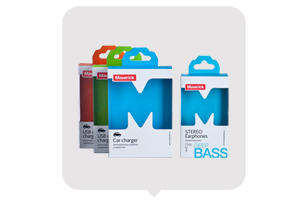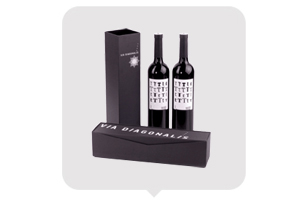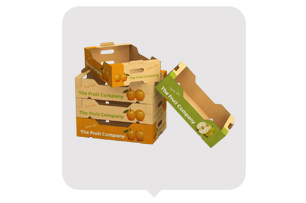Packaging design plays a significant role in the overall presentation and appeal of gift products. It not only serves as a
protective covering but also creates a memorable and engaging experience for the recipient. In this article, we will explore
the materials commonly used in gift packaging and discuss the latest design trends. By incorporating the latest design
concepts and understanding consumer preferences, businesses can enhance their brand image and improve the overall
gifting experience.
1. Sustainable Materials:
In recent years, there has been a growing emphasis on sustainability in packaging design. Consumers are becoming increasingly
conscious of the environmental impact of excessive packaging waste. As a result, designers are shifting towards eco-friendly and
biodegradable materials. Alternative options such as recycled paper, plant-based plastics, and compostable materials are gaining
popularity. These materials not only reduce environmental damage but also enhance the brand's eco-friendly image.
2. Minimalistic Designs:
The trend of minimalistic design has made its way into gift packaging as well. Clean lines, simple typography, and a focus on
essential elements create an elegant and sophisticated aesthetic. Minimalistic designs not only convey a sense of luxury but also
have a timeless appeal. Utilizing sustainable materials in combination with minimalistic design elements can create a harmonious
balance between aesthetics and environmental consciousness.
3. Personalization and Customization:
In the age of personalization, gift packaging has also embraced this concept. Brands now offer customized packaging options,
allowing consumers to create a unique and personal gifting experience. Personalized messages, monograms, and even custom
illustrations can be incorporated into the packaging design. This trend adds a personal touch and creates a connection between
the brand, the gift-giver, and the recipient.
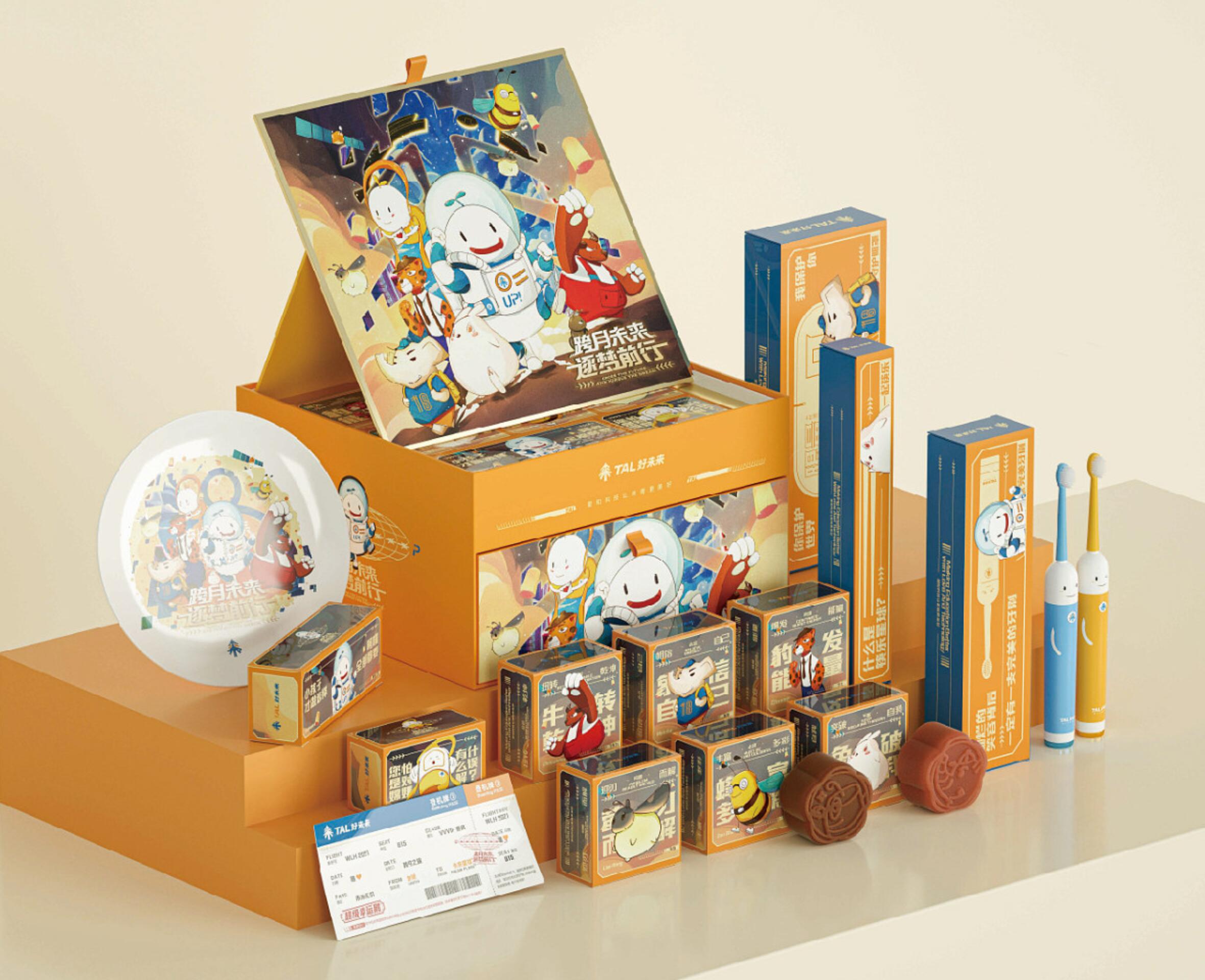
4. Interactive and Multi-functional Packaging:
To make the gifting experience more engaging, designers are exploring interactive and multi-functional packaging solutions.
Such designs encourage recipients to interact with the packaging beyond just opening it. For example, packaging that transforms
into a keepsake box or a reusable storage container adds value and extends the gifting experience. Incorporating elements like
pop-ups, hidden compartments, or puzzles can provide an element of surprise and delight for the recipient.
5. Digital Integration:
With the rise of technology, digital integration has also found its way into gift packaging. Augmented reality (AR) and QR codes
can be used to create an interactive and immersive experience. This allows consumers to personalize the packaging further, such
as adding video messages or accessing exclusive digital content. Digital integration adds a modern and innovative touch to
traditional gift packaging.
Conclusion:
In conclusion, gift packaging design has evolved to cater to the changing preferences and attitudes of consumers. The use of
sustainable materials, minimalistic designs, personalization, interactive features, and digital integration has become increasingly
prominent. By embracing these trends, brands can create memorable and meaningful experiences for both the gift-givers and
recipients. In the future, packaging design will continue to evolve, driven by advancements in technology and a growing emphasis
on sustainability. It is essential for businesses to stay updated with these design trends to remain relevant and competitive in
the market.
Overall, the future of gift packaging lies in merging aesthetics, practicality, and sustainability while creating a unique and personalized
experience for individuals. By considering the latest design concepts and incorporating environmentally friendly materials, businesses
can leave a lasting impression and build a strong brand connection with their target audience.
